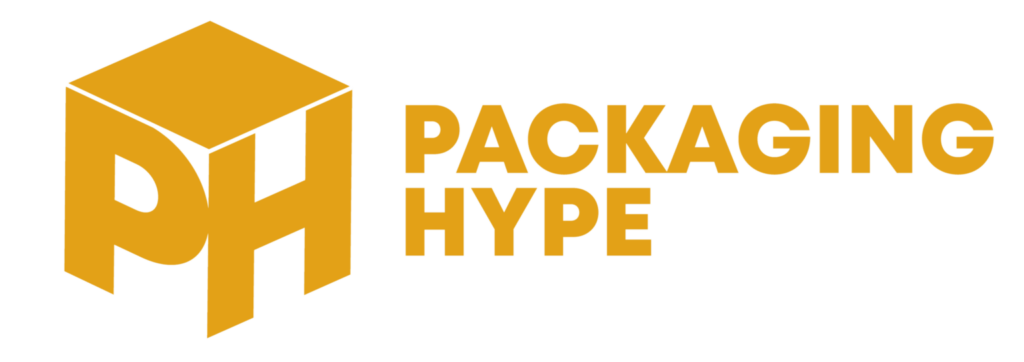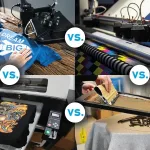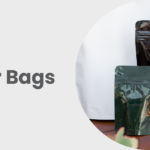A signature is a collection of printed pages that, after being folded, trimmed, bound, and cut into a particular number of pages, are most commonly visible on both sides of a single sheet of paper after being folded, trimmed, bound, and cut into certain numbers of pages. The number of pages included on a signature is determined by the size of each page and the press sheet that it fits on.
A print signature is also an imposition, a separate phrase that is not as widely used. This is the order in which the pages of a signature are laid out and where they are located. Even though some of the pages seem to be in the wrong order or upside down after the sheet has been folded and cut, the pages will be in the correct order and location once the sheet has been folded and cut. The obligation of establishing the imprinting of a signature is on the printer.
When you open a brochure, pages two and three face each other across the middle. When you take apart the brochure, you will notice that page two is attached to another page situated toward the back of the brochure. This will become clear once you have disassembled the brochure. It is called a printer spread, which is printed by a printer.
Creating Impressive Designs at Low Cost
Print designers should deal with print signatures as much as possible to get the most out of their design concepts and understand how to get the most out of their printing budgets. There are many different approaches to designing beautiful brochures.
Each signature constitutes a separate print run; for each print run, you must choose the type of paper material and the amount of ink to use. The number of inks needed to print each signature on a particular sheet of paper will directly impact both the design concept you have in mind and the total cost of the printing job. When making print signatures, it is necessary to consider your preferred binding method. The overall amount of pages in your brochure, the philosophy behind its design, and the cost of printing will always play a role in determining the type of binding you go with. Choose a different binding method, changing how to print signatures assembled in the finished brochure. You can customize the order in which individual pages are shown on the finished brochure.
Binding Method
If you were to use a method known as “saddle stitching,” the first page would be attached to the final page, the second page would go before the very last page, and so on. The term “perfect bound” refers to a binding method that layers signatures one on top of the other. With a “spiral bound,” the signatures are stacked one on top of the other, but the brochure will lay flat if a single page is inserted just about anywhere. This is because the signatures are spiraled around a central axis. To get the most out of producing with print signatures, it is essential to have a solid understanding of the inner workings of the various types of binding. The “pull out” is an additional type of signature that can be distinguished from others. Even if it is folded, it may appear to be a loose sheet depending on where it is placed in the binding. This is true even if it has been stapled. On the other hand, the vast majority of pullouts are frequently inserted during the binding process between two signatures.
The important thing to remember is that when a work is properly put up and tied together, the pertinent pages will almost magically appear next to one another. This is the most important thing to keep in mind. When there are more pages in a work, it is harder to figure out how it will be organized adequately. Before any printing, a proof is sent out, and one thing that is checked to ensure that all of the pages have ended up in the correct sequence is that the proof was sent out.
Spread Printing
A spread is the combination of two pages appearing in the final document’s printed version facing each other. When you open a book or magazine and lay it flat, you are presented with what is known as a spread. This indicates that a picture or text might stretch two pages while still being legible to the reader. Spreads will be utilized when planning a print job using a professional page layout tool. Depending on the type of binding used, the pages that face each other might be on different signatures. The pages, however, will be stretched out once again after everything else has been completed.
When it comes to printing, there are two distinct sorts of spreads that need to be considered. The spreads that appear on the finished product are the ones intended for the readers. For example, page 2 is located directly across from page 3. The signature pages are connected through printer spreads and imposition software. For instance, page 2 might be inserted adjacent to page 17 in a document with 16 pages.
Imposition Printing
Imposing is a term that describes the order in which the pages are laid down on the signatures.
During the pre-press phase, the imposition of the job is carried out before it is printed. The trademark layout for a job is created by specialized software, which calculates the appropriate imposition. The forced layout is affected by various variables, the most important of which are the page size and the binding technique. During the imposition step, any necessary alterations can be made to account for any potential changes that may occur during the printing and finishing procedures. It is essential to consider various aspects, such as the paper material’s weight and the binding method.
The programmed imposition puts the pages on the signature in the appropriate sequence to correspond with the printing and binding style utilized. The correct page orientation and the amount of surrounding space are both key components of a print product that is both polished and precise. At this juncture, further information may be added to the signatures if necessary. This might include registration markings, color control bars, or numbering that appears off the page’s side for verification purposes.
Bookbinding Process in a Simple Form
Printing works as signatures are available in many page layout software tools. Printing the signatures directly to a printing device or a file formatted as a pdf is possible. It is essential to have a solid understanding of how signatures are printed before beginning the printing process. The number of pages that fit on each sheet and how they’re organized is determined by the type of paper and the method of binding utilized.
The settings are often pre-configured layouts that can be modified as desired and saved for later use.
Additionally, specialized software that can generate print signatures is on the market to be purchased (imposition). This software can apply trims and other printing markings, construct the appropriate gutters and allow for bleed. Whether you want to generate print signatures directly from the application or use well-known third-party solutions such as Adobe Acrobat, the former will save you money. However, there is a possibility that these methods will not adequately treat bleeding and other complications.
Read more: visit







